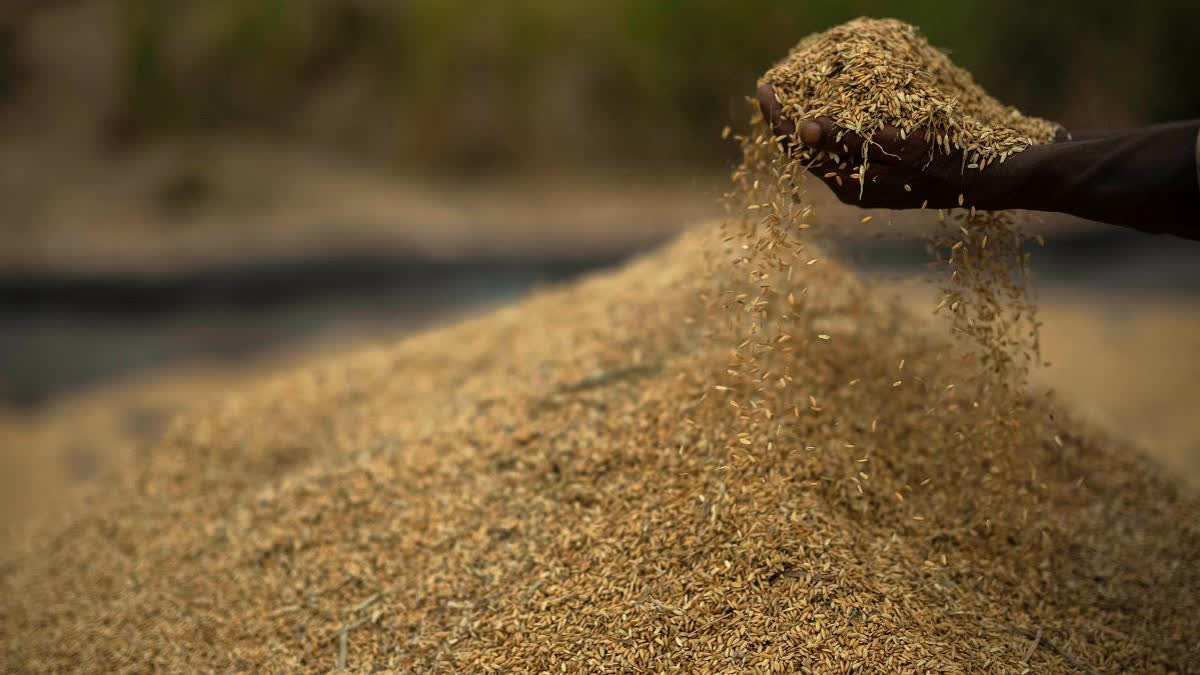New Delhi: Warmer, drier weather because of an earlier than usual El Nino is expected to hamper rice production across Asia, hitting global food security in a world still reeling from the impacts of the war in Ukraine. An El Nino is a natural, temporary and occasional warming of part of the Pacific that shifts global weather patterns, and climate change is making them stronger. The National Oceanic and Atmospheric Administration announced this one in June, a month or two earlier than it usually does. This gives it time to grow. Scientists say there's a one in four chance it will expand to supersized levels.
That's bad news for rice farmers, particularly in Asia where 90% of the world’s rice is grown and eaten, since a strong El Nino typically means less rainfall for the thirsty crop. Past El Ninos have resulted in extreme weather, ranging from drought to floods. There are already “alarm bells,” said Abdullah Mamun, a research analyst at the International Food Policy Research Institute or IFPRI, pointing to rising rice prices due to shortfalls in production. The average price of 5% broken white rice in June in Thailand was about 16% higher than last year's average.
Global stocks have run low since last year, in part due to devastating floods in Pakistan, a major rice exporter. This year’s El Nino may amplify other woes for rice-producing countries, such as reduced availability of fertilizer due to the war and some countries' export restrictions on rice. Myanmar, Cambodia and Nepal are particularly vulnerable, warned a recent report by research firm BMI. “There is uncertainty over the horizon,” Mamun said.
Recently, global average temperatures have hit record highs. Monsoon rains over India were lighter than usual by the end of June. Indonesian President Joko Widodo on Monday asked his ministers to anticipate a long dry season. And in the Philippines, authorities are carefully managing water to protect vulnerable areas.
Some countries are bracing for food shortages. Indonesia was among the worst hit by India’s decision to restrict rice exports last year after less rain fell than expected and a historic heat wave scorched wheat, raising worries that domestic food prices would surge. Last month, India said it would send over 1 million metric tons (1.1 million U.S. tons) to Indonesia, Senegal and Gambia to help them meet “their food security needs.”
Fertilizer is another crucial variable. Last year China, a major producer, restricted exports to keep domestic prices in check after fertilizers were among exports affected by sanctions on Russian ally Belarus for human rights violations. Sanctions on Russia for its invasion of Ukraine don’t specifically target fertilizers but the war has disrupted shipments of the three main chemical fertilizers: potash, phosphorus, and nitrogen.
